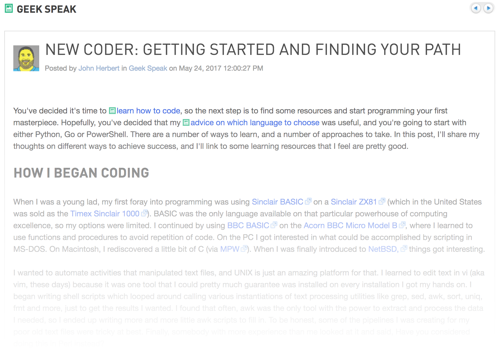AfPIF 2017 Kicks Off In Abidjan
The annual Africa Peering and Interconnection Forum (AfPIF) kicked off at the Azalai Hotel in Abidjan, Ivory Coast.
The first day is known as “Peering Coordinators Day” where peering managers from various networks, operators, and policy makers meet and deliberate on the various ways to exchange content locally, lower the cost of connectivity, and increase the number of internet users in the region.

